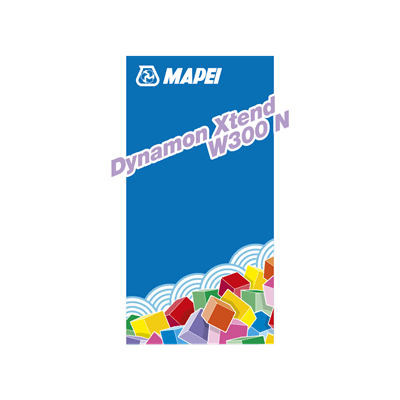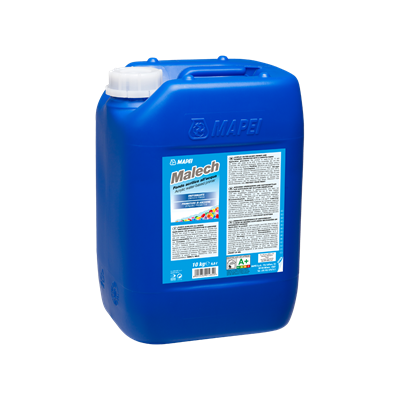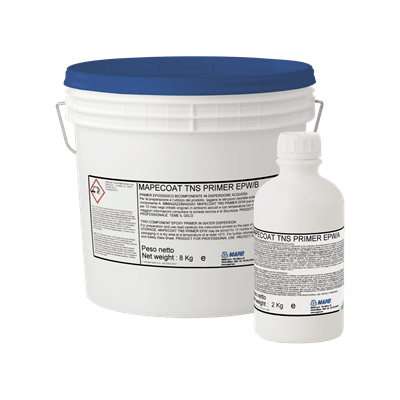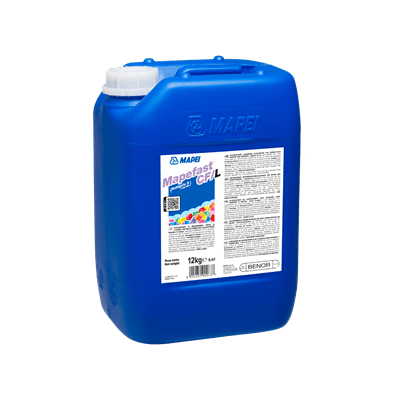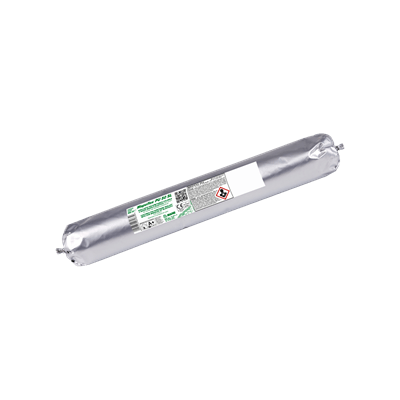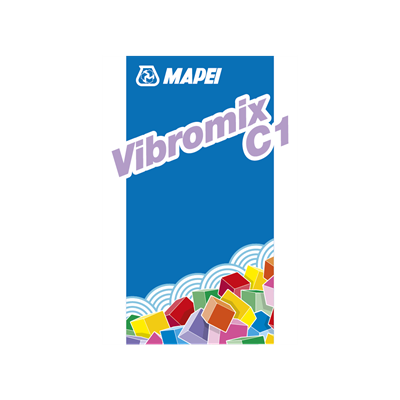Mapei played a crucial role in the renovation works of the Monza circuit, introducing cutting-edge technologies to enhance track safety. The intervention involved resurfacing the circuit, installing new curbs, and refurbishing the underpasses.
Since 1922 Monza circuit, located in Monza (Northern Italy), has been a living monument to the Italian passion for motorsports. Also known as “The Temple of Speed”, this historic circuit is so much more than asphalt and curves: it is the beating heart of global motorsports, a testimony to more than ninety years of challenges and triumphs. Its legendary curves – the Parabolica, the Ascari Chicane and the Roggia – have shaped the history of Formula 1, while its long straight line has seen the greatest drivers of all time hurtling by, from Fangio to Schumacher and from Lauda to Hamilton. The unique atmosphere of Monza circuit, with its throngs of passionate fans and the roar of the engines echoing through the centuries-old trees of the near-by park, narrates a story of speed, courage and technological innovation that has made this circuit not only a symbol of Italian excellence in the world of motorsport, but also one of the most loved circuits on the Formula 1 calendar.
Last year the circuit has undergone significant modernisation work. Mapei played a central role in the work at Monza circuit. Work was carried out in numerous areas of the circuit, with a focus on sustainability, durability and technological innovation.

The concrete pit wall of the circuit straight was repaired with products from the Mapei Zero* range.
New bituminous road surfaces: technology and resistance
The first important part of the work was on the surface of the track, which saw the use of innovative materials employed to improve performance with respect to traditional asphalt. The solutions chosen by Mapei stood out for their capacity to create road surfaces that are able to withstand high loads and climatic conditions that are constantly changing due to the effects of global warming. Thanks to the use of recycled thermoplastic polymers and cutting-edge chemical admixtures, the bituminous conglomerate achieved considerably superior thermal resistance and mechanical properties. Amongst the products used, one finds Mapei ACF LS HF, a regenerating liquid admixture for bitumen which is especially suitable for use in the production of warm mix and hot asphalt concrete made with both modified and standard bitumen, and Mapefibre FPC Plus cellulose fibres, which improve mix cohesion and increases resistance to mechanical stresses.
.jpg?sfvrsn=5df3a588_7)
The use of Mapei solutions from the Road engineering division ensured the creation of new bituminous paving for the circuit.
Sustainability integrated into materials
A central aspect of the project was to adopt sustainable materials, such as Mapeplast Pavi 02, a product consisting of a particular mix of plastomer polymers from recycled light plastics which is used for the production of modified bituminous conglomerate. In collaboration with Iren, a company specialised in integrated solutions aimed at improving energy efficiency, Mapei showed how technological innovation, and sustainability can live and work together effectively, promoting a circular economy and, at the same time, improving the performance of road surfaces.
Wider and safer underpasses
Widening underpasses and making them safer were other focal points of the project. Three existing structures were widened, while a fourth underpass was completely rebuilt from scratch. These works improved the level of safety by separating the pedestrian paths from the vehicle lanes, reducing the risk of accidents and optimising traffic flow.
It would have taken a long time to build these concrete underpasses with traditional solutions. Being able to develop the mechanical characteristics of the materials more quickly was fundamental in completing work on schedule: admixtures developed thanks to Mapei’s constant Research and Development work were used in this case. Products such as Dynamon Xtend W300 superplasticiser, Mapefast CF/L hardening accelerator and Vibromix C1 water-reducing plasticiser guaranteed that workability remained at its optimum state, allowing the required mechanical characteristics to develop and enable the next work phases to continue.
To prevent infiltrations and guarantee the durability of the underpasses, cutting-edge waterproofing solutions were applied including the membranes supplied by Polyglass, a subsidiary of the Group and other solutions manufactured by Mapei. The products used included Idrostop PVC, Polyfond KIT, Polybond HP P, Polyprimer HP 45 TP professional, Mapeplan PE Micro-perforated and Mapeplan PE Macro-perforated. Malech acrylic primer and Elastocolor Paint Zero* elastomeric paint were used for coating the concrete surfaces.

The renovation of existing underpasses and the construction of a new one required the use of Mapei products such as concrete admixtures, waterproofing membranes by Polyglass and wall coatings.
Pits zone: from pit wall to pit lane
In the pits and nearby areas, the concrete pit wall was repaired and protected against aggressive chemicals with products from the Zero* line. Amongst these products there were Mapegrout Easy Flow Zero* one-component, thixotropic, compensated-shrinkage mortar, Mapefer 1K Zero* anti-corrosion cementitious mortar for protecting reinforcing rods, and Duresil EB epoxy paint. Mapeflex PU50 S one-component, low modulus, fluid polyurethane sealant, together with Mapefoam closed-cell, polyethylene foam cord was used to seal the expansion and distribution joints in the concrete floors.

The concrete pit wall was repaired and protected against aggressive chemicals with products from the Zero* line.
Kerbs: technology and safety
The kerbs have an average thickness of 12 cm, in compliance with FIA standards, and were made from C40/50 fibre-reinforced concrete. The concrete mix used for the kerbs included CEM I 52.5R cement, natural aggregates and artificial aggregates by VAGA, which guaranteed the kerbs have higher resistance to abrasion. Additional strengthening was provided by adding Mapefibre ST28 Twisted polymer structural fibers to the mix, which improved resistance to wear and impact loads, a fundamental characteristic of kerbs. The use of Vibromix C1 plasticiser and Mapefast CF/L accelerant ensured excellent mechanical strength and rapid setting times.
For the protection and coating of the kerbs and run-off areas, as well as the line markings on the entire track, Mapecoat TNS Race Track was used, a waterborne and rapid film-forming acrylic colored coating, specifically designed for racing circuits, ensuring a strong and durable finish. The kerbs were prepared with primer Mapecoat TNS Primer EPW, to ensure the perfect adhesion of the colored coating.

Mapecoat TNS Race Track, a waterborne and rapid film-forming acrylic colored coating, was used for the protection and coating of the kerbs and run-off areas, as well as the line markings on the entire track.
A model for the future of infrastructures
The works carried out at the Monza circuit are a concrete example of how it is possible to combine technological innovation, sustainability, aesthetics and safety in one single project. Mapei’s commitment to quality and sustainability is reflected in the use of recycled materials, cutting-edge waterproofing solutions and technologies designed to last over time. Thanks to these interventions, Monza circuit not only confirms its place as one of the most prestigious circuits in the world, but that it is preparing to take on future challenges, offering a cutting-edge and safer racing experience for drivers, teams and fans alike.
Autodromo Nazionale di Monza, Monza (Italy)
Year of construction: 1922
Year of Intervention: 2024
Owner: Automobil Club Italia
Design: Francesco Sylos Labini
Main contractor: Impresa Bacchi Srl
Subcontractor: Imperedil Srl
Works director: Maurizio Crispino
Mapei coordinator: Caprio Domenico
Photos: Simone D’Addazio
*CO2 emissions measured throughout the life cycle of products from the Zero line in 2025 using Life Cycle Assessment (LCA) methodology, verified and certified with EPDs, have been offset through the acquisition of certified carbon credits in support of forestry protection projects. A commitment to the planet, to people and to biodiversity. For more details on how emissions are calculated and on climate mitigation projects financed through certified carbon credits, click here here.



.jpg?sfvrsn=5df3a588_7)










